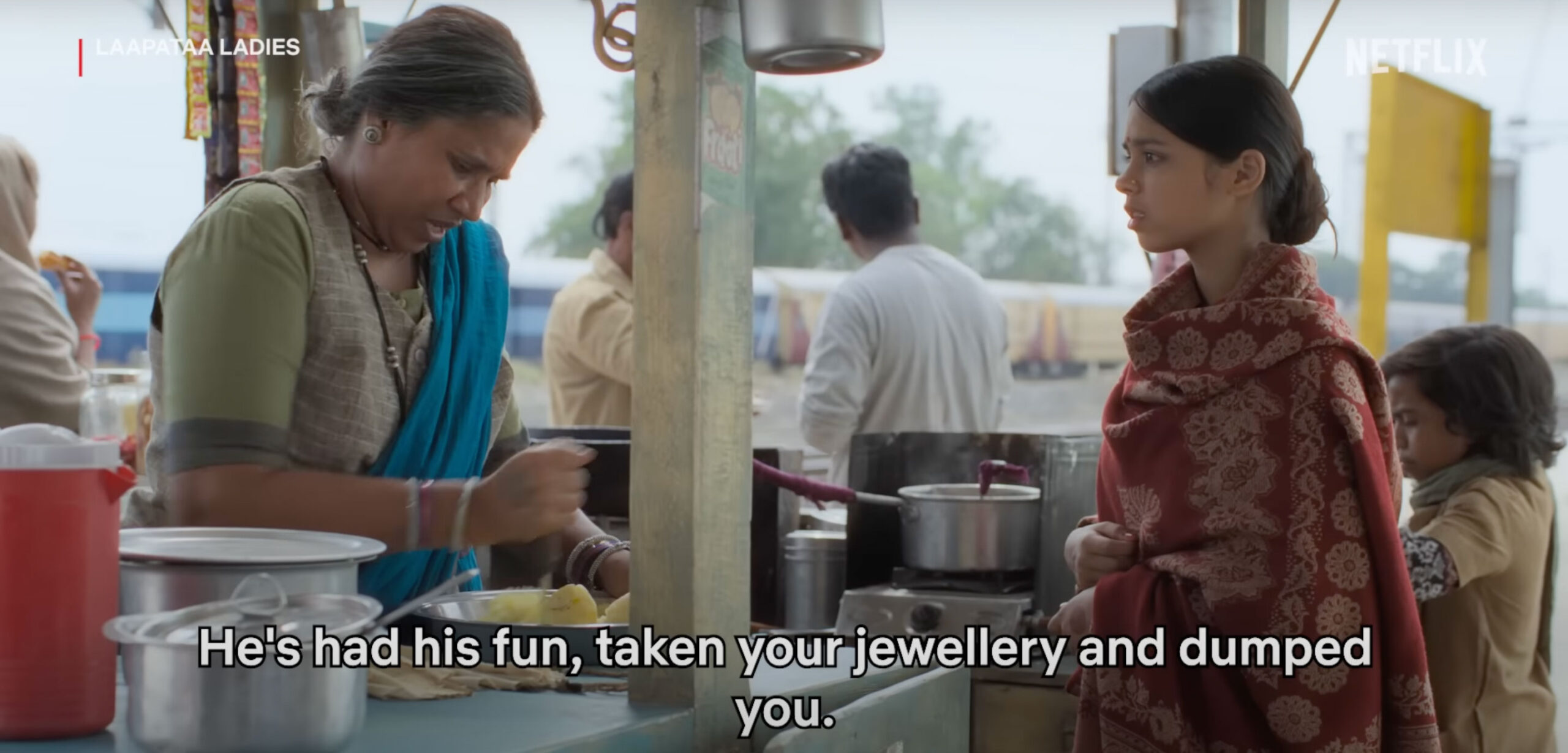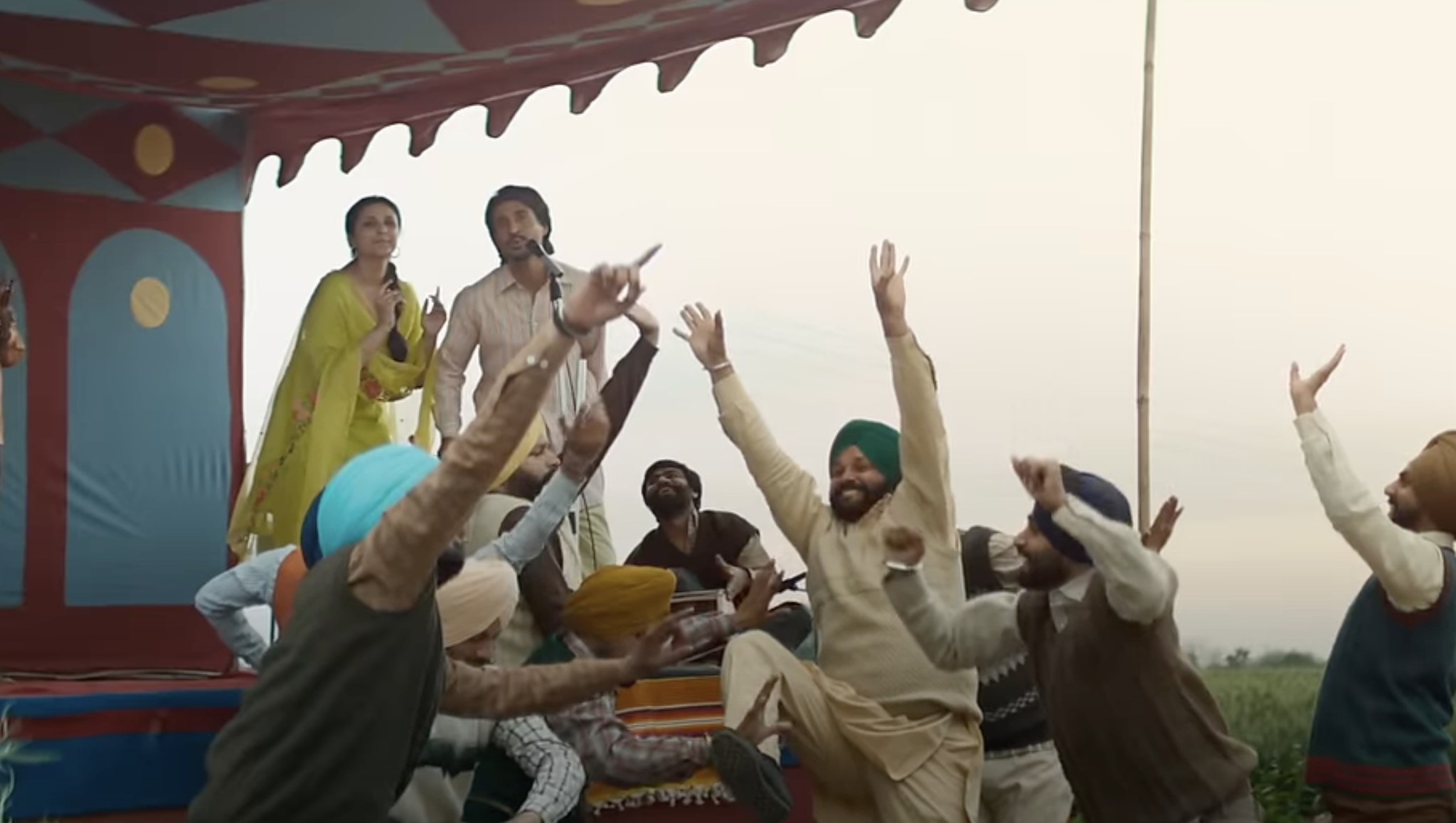(Author and historian Subhash Chandra Kushwaha was meant to address a webinar titled ‘What has been the importance of the critical gaze of outsiders (non-Indians) on Indian society?’ organized by Forward Press on the occasion of the release of the book ‘Kabir Aur Kabirpanth’ [translation of ‘Kabir and His Followers’ (author: F.E. Keay) by Kanwal Bharti] on 20 August 2022. Due to certain unavoidable circumstances, he was unable to do so and later provided us with the text of the speech he had prepared.)
The book Kabir Aur Kabirpanth, being released here today, holds great social and historical significance. Its author, Frank Ernest Keay (F.E. Keay), helped India understand Kabir and Kabirpanth in the 1920s. Half of the book is on Kabirpanth and it suggests that Kabir’s stiff opposition to religious hypocrisy and rituals was subsequently diluted by the Kabirpanthis under the influence of Hinduism. It was the outside world that introduced us to the real Kabir.
If we know about Kabir today, it is due to foreign scholars and missionaries and not Hindi litterateurs. The Hindi writers tried to kill Kabir. Works like Kabir Parichayee and Bhaktmala, which ignored Kabir’s revolt against hypocrisy and ritualism, tried to turn him into a god. Ramchandra Shukla refused to accept Kabir as a poet. In 1916, Rabindranath Tagore translated 100 couplets of Kabir into English without an introductory essay. Around 1916, Ayodhya Prasad Singh ‘Harioudh’ published some dohas of Kabir. In 1928, Dr Shyamsundar Das edited Kabir Granthavali. It was only in 1960 that Hazari Prasad Dwivedi wrote a comprehensive book on Kabir.
On the other hand, British newspapers had been publishing articles and news on Kabir from 1841 onwards. Christian missionaries had begun gathering information on and researching Kabir. The missionaries liked Kabir’s negation of idol worship, his taking apart of outwardly rituals and his concept of a supreme being. When glowing articles on Kabir were appearing in foreign newspapers, Hindi writers were in deep slumber. It can be said that a conspiracy was being hatched to efface Kabir’s works from history, just as was done with Buddhist literature earlier. To undermine Kabir’s revolutionary and rebellious works, interpolations were made in his works. He was described as a divine and miraculous personality. After the Christian missionaries and the English writers had done enough work on Kabir and some of his poems had been translated into English, the flagbearers of Hindi literature felt that it would no longer be possible to hide Kabir and were forced to foreground him.

How important Kabir was for Western scholars can be gauged from the fact that Sir W.W. Hunter, who worked on Kabir, had described him as the “Indian Luther” of the 15th century. The interest evinced by the Christian missionaries and the British newspapers in Kabir, whom they considered the only saint of India, served to underline the importance of the “Indian Luther”.
In his article published in the Bradford Observer (9 December 1841), Alexandre Langlois described Kabir as a great social reformer of India and a hero of the 15th century. The piece refers to Bijak, the anthology of poems of Kabir, who came from an ordinary, weaver’s family, and Nanak, the hero of the 16th century, and talks about how both developed the concept of one god, contradicting polytheism.
On 1 January 1853, Armagh Guardian described the courage of the Kabirpanthis and how they opposed the Hindu way of worship and hypocrisy. On 10 March 1865, Morning Advertiser wrote that Kabir had displayed unprecedented courage and made fun of idol worship.
On 5 July 1872, The Scotsman carried a review of W.W. Hunter’s two-volume book Orissa, published by Smith, Elder and Co, London. Describing Jagannathpuri, Hunter wrote that while the people of the lower and upper castes lived together in this city, in the villages it was a crime for a lower-caste person to touch an upper caste. In some southern provinces, Hunter wrote, the Dalits were not supposed to enter a village before 9 am or after 4 pm so that the long shadows cast by them didn’t fall on any upper-caste resident. According to Hunter, it was due to the influence of the teachings of Kabir that the lower and the upper castes lived together in Jagannathpuri. Hunter wrote that Kabir was one of the 12 disciples of Ramanand and that there was a samadhi of Kabir at Jagannathpuri. Hunter also wrote that Kabir considered the Hindus and the Muslims as one people, reasoning that the same blood flowed in their veins and their Khuda and Ram were one and the same who didn’t live in the west or in the east but in the hearts of the people.
What this article says about Jagannanthpuri is amazing. Even today, “bhaat” (cooked rice) is distributed as prasad (offering made to deity) in the city. “Bhaat” is classified as “kachcha bhojan” (inferior dish) in the brahmanical tradition. “Kachcha bhojan” is not distributed as prasad, except in the temples in Odisha. This shows that at one time, Jagannathpuri was controlled by the Kabirpanthis.
The English Lakes Visitor and Keswick Guardian (5 March 1881) said that Bilaspur (Chhattisgarh) was a major centre of the Kabirpanthis, adding that the people of the Chamar caste, who were Adivasi weavers, were deeply influenced by the teachings of Kabir and that Kabirpanthis made up a third of the population.
The Homeward Mail, dated 23 January 1882, carried a story on the Dariyapanthi sect. It said that this sect, founded by Dariya Saheb, had its headquarters at Dumraon near Shahabad (now Bihar). According to the article, this monotheistic sect was established by the Kabirpanthis (or the disciples of Kabir), who had no faith in Hindu gods and goddesses. They had rejected idol worship and casteism. Before inducting Brahmins into their sect, they would be asked to abandon their janeyu (sacred thread). The Dariyapanthis who wanted to become ascetics had to adhere to celibacy and were prohibited from accepting money from anyone.
London Daily News (24 March 1883) estimated the population of Kabirpanthis in the Central Provinces at 3,47,994 and of Satnamis at 3,98,409. The same article goes to say that a large number of nature-worshipping Adivasis live in the forests and that the Hindus, Muslims and Christians have started assimilating them into their fold.
I have included these references to Kabir in British newspapers in my book Kabir Hain Ki Marte Nahin. While working on Chauri-Chaura: Vidroh aur Swadheenta Andolan and Bhil Vidroh ka Itihaas, I discovered that concerted efforts were made to drive out the deprived both from literature and history. Only one poem of Heera Dom coming to light fuels the apprehension that his other works must have been destroyed. No mention of the pain and slavery of the Dalits and of untouchability in Hindi literature before Premchand hints at discrimination, bias and an attempt to hide these realities. Atrocities against Adivasis, and Rajputs throwing them out of power and usurping their thrones, was the cruelest injustice in history. Literary works maintaining silence on religious hypocrisy and untouchability is simply disgusting.
In Kabir and Kabirpanth, Keay has talked about the life and times of Kabir, how Kabir figures in legends, traditions and rituals of Kabirpanth. The writer has shown how the legacy of a sage who opposed hypocrisy was entangled in rituals and customs.
I used many references and legends from Keay’s book while working on Kabir Hain Ki Marte Nahin. In my book, I sought to disprove the legends using Kabir’s ideological leanings and also tried to clear the air on the dates of his birth and death. For this reason, I found it necessary to refer to Keay’s findings at several points during the course of writing my book.
I cannot end my speech without expressing my profound gratitude to Kanwal Bharti, whose translation of Kabir and His Followers is eminently readable and lucid. I am hopeful that this book will prove to be of great use to researchers working on Kabir in Hindi.
(Translation: Amrish Herdenia; copy-editing: Anil)
Forward Press also publishes books on Bahujan issues. Forward Press Books sheds light on the widespread problems as well as the finer aspects of Bahujan (Dalit, OBC, Adivasi, Nomadic, Pasmanda) society, culture, literature and politics. Contact us for a list of FP Books’ titles and to order. Mobile: +917827427311, Email: info@forwardmagazine.in)
The titles from Forward Press Books are also available on Kindle and these e-books cost less than their print versions. Browse and buy:
The Case for Bahujan Literature
Dalit Panthers: An Authoritative History






